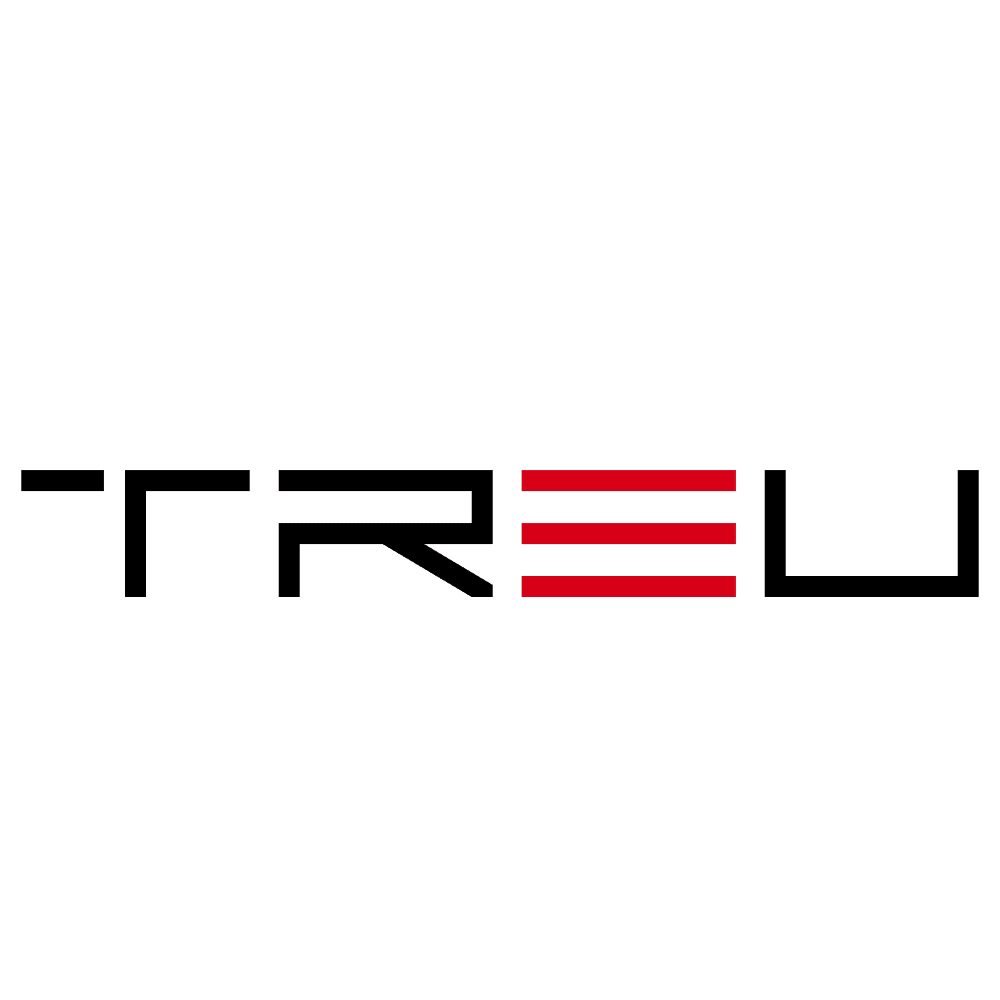LLM Security Best Practices from NVIDIA’s AI Red Team
As Large Language Models (LLMs) become increasingly pervasive in modern applications, ensuring their **security and robustness** is more critical than ever. Recently, the NVIDIA AI Red Team shared an in-depth analysis on LLM security, detailing actionable strategies to safeguard AI systems from emerging threats. Drawing from hands-on experiences and internal penetration testing, their recommendations provide a practical starting point for developers, security teams, and organizations deploying LLMs in real-world environments.
In this article, we’ll break down the key takeaways and best practices from NVIDIA’s AI Red Team so you can implement robust defenses for your AI models and keep both users and data protected.
Understanding LLM Threat Models
Before diving into defense strategies, it is essential to understand the unique threat landscape surrounding LLMs. Unlike traditional application security, LLMs introduce a *new paradigm of risks*, many of which stem from the model’s interaction with natural language and external data sources.
Some of the key threat types highlighted include:
- Prompt Injection: Similar to SQL injection but in natural language, where a malicious user inputs craftily designed prompts to alter model behavior.
- Data Leakage: The model inadvertently reveals sensitive training data in its output.
- Model Evasion and Jailbreaking: Attackers attempt to bypass filters or safety mechanisms to produce restricted content.
- Overreliance on Generated Content: Users may trust fabricated or hallucinated outputs, leading to operational and reputational risks.
NVIDIA’s AI Red Team: A Security-First Culture
NVIDIA’s AI Red Team acts as a specialized group of defenders playing the role of attackers to proactively test and fortify AI systems. The team’s unique vantage point inside the organization gives them deep technical insight into how LLMs function — and how they can be exploited.
Their findings emphasize a single, core discipline that differentiates successful AI deployments from vulnerable ones: embedding security into every stage of the AI lifecycle.
Incorporate Secure Design from the Start
Security must be an integral part of the design process rather than an afterthought. Some of the steps NVIDIA recommends:
- Understand model capabilities and limitations before deployment to avoid providing misleading or false assurances to end users.
- Identify and categorize sensitive inputs and outputs. This includes PII, credentials, legal content, or intellectual property.
- Architect guardrails using multi-layered security strategies such as filtering, token rate limiting, and safety classifiers.
Key Recommendations for Securing LLMs
Drawing from real-world attack simulations and testing scenarios, NVIDIA’s AI Red Team presents several practical measures for improving LLM defenses. These don’t just cover the model, but the entire deployment pipeline.
1. Apply Prompt Hygiene and Canonicalization
Prompt injection continues to be one of the signature attack vectors against LLMs. Reducing its impact requires proper preprocessing of prompts prior to model interaction.
- Structure prompts in predictable ways to reduce ambiguity and manipulation potential.
- Implement input canonicalization — standardizing inputs so models interpret them consistently.
- Sanitize user inputs to remove any malicious attempts at prompt injection, context rewriting, or impersonation.
2. Use Content Filtering and Moderation APIs
Integrate filters around model inputs and outputs to block unsafe content. NVIDIA recommends a combination of commercial and open-source tools operating through a layered moderation pipeline.
- Set up input validation to detect dangerous queries before they reach the model.
- Use output monitoring to scan for toxic or confidential content being returned by the LLM.
- Continuously review and update filter criteria as threats evolve and new edge cases are encountered.
3. Use Authentication and Authorization for LLM Access
To avoid unauthorized usage or abuse, ensure robust user access controls are in place.
- Authenticate API users with modern identity protocols like OAuth2 or API keys.
- Implement rate limits on LLM queries to prevent misuse from botnets or scraping scripts.
- Define scopes and RBAC (Role-Based Access Control) so different users or services access only what they need.
4. Red Team Your Own Models
NVIDIA advocates for internal red teaming exercises to discover hidden failure modes in deployed LLMs.
- Simulate realistic attack scenarios like jailbreaking, disinformation generation, or confidential data extraction.
- Record and analyze failure cases to inform future mitigation techniques.
- Test guardrails continuously to measure how effective each layer is in preventing security and safety issues.
Monitoring and Incident Response
Even with proactive security measures, successful attacks can still occur. That’s why surveillance, auditing, and rapid response are critical components of LLM deployment.
Set Up Detailed Logging and Monitoring
Track prompts, responses, user actions, and system behavior:
- Log all interactions (subject to privacy laws and user consent) to detect anomalous behavior.
- Use behavioral analytics to surface prompt patterns related to misuse or manipulation.
- Feed telemetry data into SIEMs for centralized alerting and investigation workflows.
Prepare an AI-Specific Incident Response Plan
Traditional incident response plans must be extended to account for AI-specific threats:
- Designate ownership of LLM risk mitigation across data science, engineering, and security teams.
- Develop playbooks for responding to LLM failures, including takedown, re-training, and communication protocols.
- Train teams regularly on AI response scenarios to ensure nobody is caught off guard.
Open Collaboration and Continuous Learning
One of NVIDIA’s final recommendations is to foster a culture of learning and open collaboration within the AI security community. The field of LLM defense is still evolving and often lacks the maturity of traditional application security.
They urge organizations to:
- Share knowledge about LLM threat findings and mitigations.
- Participate in open-source security tooling projects aimed at defending AI models.
- Learn from post-mortems and real-world incidents to refine internal controls and model design patterns.
Conclusion: Build Secure LLMs for a Safer AI Ecosystem
As enterprises and developers continue integrating LLMs into their products and workflows, addressing their security challenges becomes non-negotiable. NVIDIA’s AI Red Team has brought crucial attention to potential failure modes and shown that with the right processes in place, it’s possible to deploy LLMs safely and responsibly.
The path to secure, reliable AI systems involves a blend of:
- Threat modeling and red teaming
- Strong authentication and input/output controls
- Ongoing monitoring, incident response preparations, and shared learning
By adopting these best practices now, organizations can protect user trust, uphold AI integrity, and contribute to a more secure future for everyone.
Want to dive deeper into LLM security? Read the full original article by NVIDIA on their official blog.
Keywords: LLM Security Best Practices, NVIDIA AI Red Team, Large Language Models, Prompt Injection, LLM Safeguards, Securing AI Models, AI Security, Language Model Threats, Model Red Teaming, Content Filtering for LLMs.

